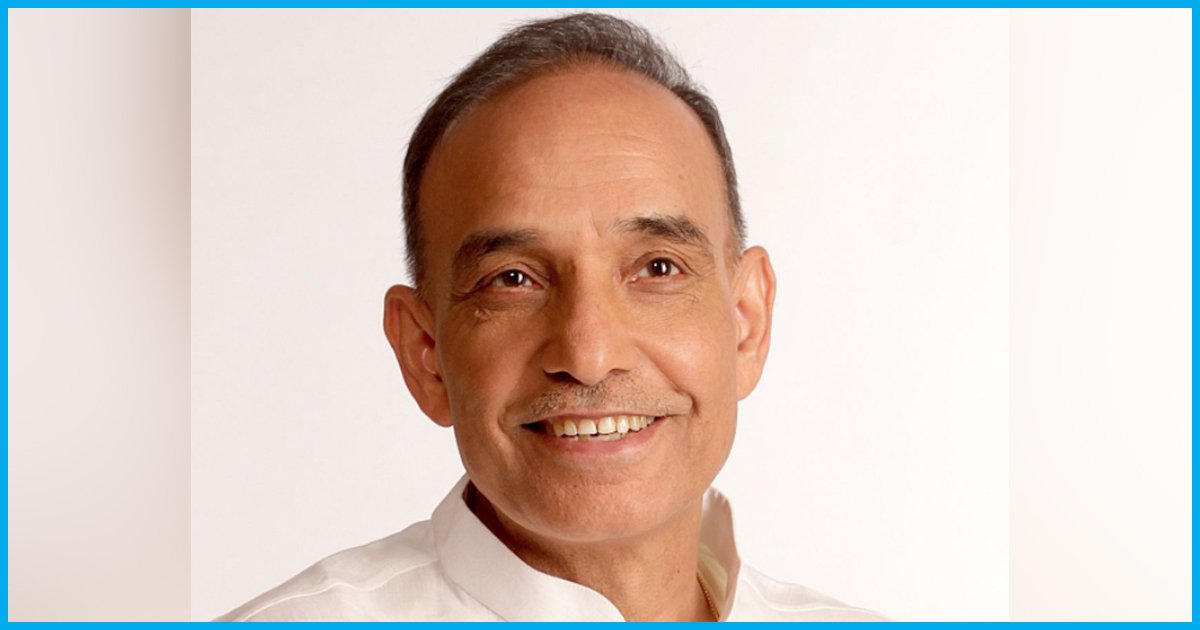
Fact Check: HRD Minister Of State Claims Indian Invented Airplane. Did We?
22 Sep 2017 7:08 AM GMT
On September 21, 2017, Satya Pal Singh, India’s minister of state for human resources development, said: “Why are students not taught that before the Wright brothers, an Indian called Shivakar Babuji Talpade was the first to invent the airplane. This person invented the plane eight years before the Wright brothers. Are our students taught these things in Indian Institute of Technology (IIT) or not? They should be.”
Much as Singh and many Indians might want Talpade to be regarded as the inventor of the aeroplane, this claim has no backing, historical or otherwise.
In January 2015, Open magazine investigated a similar claim in response to Hawaizaada, a Bollywood film, a fictional retelling of the life of Talpade, who based his work on Vymanika Shastra, said to have been compoased by a sage named Bharadwaja thousands of years ago. Talpade was apparently guided by a mystic, Subbaraya Shastry. The work contains some 3,000 shlokas (religious verses) in eight chapters and claims that the ‘vimanas‘ (aeroplanes) mentioned in the Vedic epics were advanced flying machines.
This 1974 paper by scientists from the Indian Institute of Science (IISc), cited by Open, debunked the claim. “The planes described are at best, poor concoctions, rather than expressions of something real,” said the paper. “None of the planes have properties or capabilities of being flown; the geometries are unimaginably horrendous from the point of view of flying; and the principles of propulsion make them resist rather than assist flying.”
Should this myth be taught to IIT students, as the minister suggested?
“The critical question is whether there is enough documentation available to reproduce his aircraft again? If yes, then it is worth the effort to look into the matter and then this could teach us something useful,” Abhishek (he uses only one name), an assistant professor in the department of aerospace engineering at IIT Kanpur told Factchecker. “If the question is no, then all the debate about it is just a waste of time as there is no way to prove or disprove anything. I believe while living in 21st century we should look at, what, as engineers, are we capable of right now and what we need to do next to be future ready.”
The professor said that instead of searching for “dubious heroes from the past, we would probably be better off nurturing the next generation of engineers who can catapult India to forefront of technology”.
He cited the example of a team of IIT-Kanpur postgraduate students, who have developed a prototype of an unmanned helicopter named “Vibhram”, which can fly for 24 hours nonstop with a payload of 80 kg. The team won third place in the graduate category of 34th Annual Student Design Competition organized by the American Helicopter Society (AHS), the Times of India reported on August 20, 2017.
The minister’s claim come at a time when no Indian university was ranked in the top 200 globally, according to the Times Higher Education World University Rankings 2018, as the Business Standard reported on September 6, 2017.
While IISc has dropped from the 201-250 band in previous rankings to the 251-300 band, IIT-Delhi and IIT-Kanpur have fallen from the 401-500 band to the 501-600 band. IIT-Madras fell from the 401-500 band to the 601-800 cohort.
(Saha is an MA Gender and Development student at Institute of Development Studies, University of Sussex.)
Read more at FactChecker | Written By –
Published with the permission from FactChecker
 All section
All section













